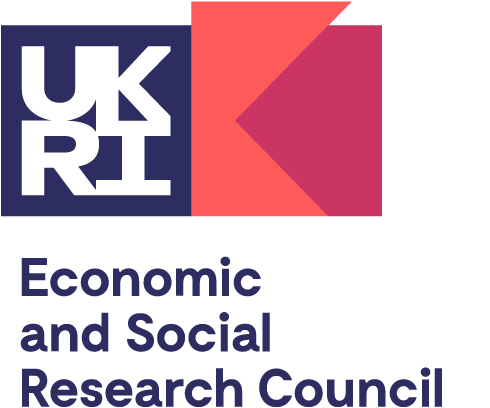In order to target the media effectively, you need to decide the right format for your story.
Press releases
At the heart of any research institution’s media strategy should be a steady stream of press releases to your database of journalists.
Press releases should summarise in a punchy, accessible form the findings of research projects – either those published in books, reports and journals, or which will be presented at conferences or public events. They should rarely announce the launch of new projects: the media are more interested in results than what you are planning to do.
You must convince the press that you have something interesting to say. Can you share a new fact about the world, a new way of looking at an important issue or something that links into an active policy debate?
Think about your story from the journalists’ point of view – the question to ask of any findings you plan to present in a press release is “so what?”
Writing a good press release
Journalists receive a huge number of press releases. Writing a good press release will help you to get noticed.
You should:
- use a strong headline and clear opening paragraph to capture the attention
- think about your style. Writing for the media is different to writing academic reports. In press releases, you must start with your conclusions and then support this in the following paragraphs
- keep it concise and simple – one or two pages maximum
- keep it jargon free
- be clear on the messages you want to convey
- distil the essence of your research into three or four points, and back these up with facts and figures
- separate the main news from any detailed technical information, which can be attached as notes to editors at the end, if required
- ensure your release covers the five essential questions – who, what, why, where and when
- use a quote to help bring the story to life
- be concrete, factual and specific
- outline the main policy implications or the way forward, if this is clear
- do not qualify or hedge your results any more than necessary – avoid phases like ‘on the one hand’, which may leave your audience feeling that the research is inconclusive and not worthy of attention. Similarly, saying ‘further research is needed’ suggests you have not reached a conclusion worth writing about.
When sending to a journalist you should:
- clearly brand your press release. If your project has ESRC funding, you should include ESRC branding and follow the guidance on acknowledging the funder
- include a contact name and number for further information. Give your website address if further information is available there
- make sure you are available to handle any enquiries after your release has gone out.
Getting positive media coverage
Even if your press release is well written and presented, there are other things you can do to increase the chances of it being used. You should:
- sell the story in advance – get the journalist interested and tell them when you will issue the release
- tailor the story to the media you are selling in to – think about their audience and alter your pitch accordingly
- consider using embargoes, for example, not for publication or broadcast until 00:01 on 30 June, which can give journalists more time to do further research on the story in the knowledge that their competitors will not publish before that date – journalists usually respect this
- ensure that you are prepared – with all the background information, facts and figures, policy implications and the context of the findings – for if press enquiries do come in
- in the long term, develop relationships with journalists – particularly those in the specialist press or specialist correspondents in the national press – so that they understand the complex research you are dealing with.
Feature stories
Unlike press releases, which can be circulated widely, a feature may only appear in one publication.
For this reason you need to target your media even more carefully, and establish whether they would actually be interested in running a feature in advance. If you have built up good relationships with journalists, it will make it easier for you to suggest ideas to them.
Some magazines have forward features lists or themed editions which your research may tie into. Features generally need more advance planning than news items, so remember to make contact well in advance if you want your feature to appear at the same time as a news story or launch event. If it merits more attention, a journalist will sometimes follow up a press release as a feature in a subsequent issue.
Bear in mind that, while you may have a clear idea of the angle you want the story to take, the journalist may choose a different one. The feature may be written by one of the publication’s journalists, or in some cases they will accept a feature written by you.
Photo stories
Some publications will accept good photographs and use them to illustrate the news story. Sometimes they may just use a photograph with an extended caption. This also can make a strong impact in the media.
Picture editors are very selective of the photographs they use, and many publications prefer to use their own photographers. To avoid any unnecessary expense, you should consider:
- if the photographs will be used for anything else – for example reports, in-house publications, website or exhibitions – to justify the cost
- the format your target media prefer, and sound out in advance whether they may be interested in using a picture provided by you. If you supply photos electronically, make sure they are a high enough resolution – usually a minimum of 300dpi
- when choosing a photographer, select someone whose work you have seen and like, brief them carefully and check how and when they can supply you with the pictures and in the format you require
- what your brief is and whether the content of the photograph will be interesting enough – an action shot that illustrates some element of the research may be more useable than a line-up of the research team
- the profile of the research team – a headshot of the research team leader may be of interest to some specialist press
- who is in the photos – always include captions with the names of people labelled from left to right, the date and location, will all names spelled correctly
- whether you want to guarantee exclusivity – rival publications may not like to use the same shot.


